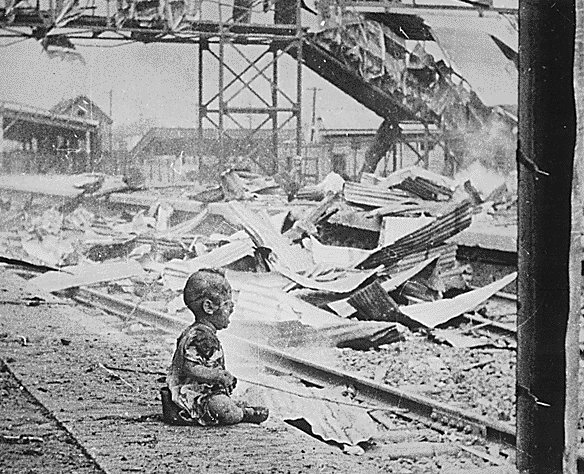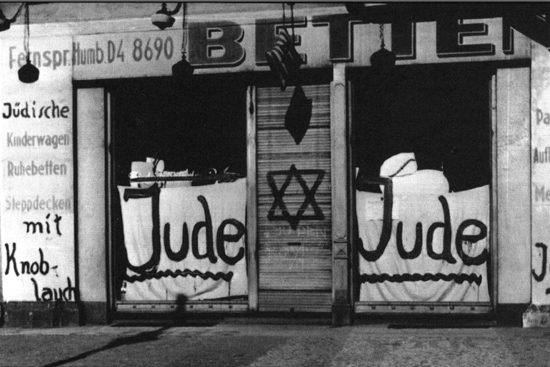By July, 1944, the war was turning sour for Germany.

After a disastrous loss of the 6th Army at Stalingrad, the German army was on the run from the Soviets, who had begun to enter Poland. On the Western front, the Allies had made an incredible landing at Normandy, whilst an allied invasion was coming up from the south through Italy, where the Germans were assisting their allies. Germany was now fighting a war on three fronts and losing. Many Nazis began to blame Hitler’s mismanagement. Some of these men wanted Hitler gone. One of these men was Claus von Stauffenberg.

Claus von Stauffenberg was a general in the German Army. He had been severely wounded in North Africa, losing his right hand, two fingers on his left hand and his left eye. While agreeing with many of Hitler’s nationalist policies, he believed that the war would do nothing but run Germany into the ground. During his time in Russia before the accident, he was appalled by the treatment of the citizens there, especially the Jewish ones, by the SS. He believed that the only way to stop the war was to stop Hitler, and the only way to stop Hitler was by killing him. And by 1943, he had met the right man to do it.
Henning von Tresckow was a major general and the leader of a small conspiracy group inside the Nazi high command. Tresckow used to be a staunch Hitler supporter until the Invasion of the Soviet Union in 1941. Not only that but he knew about the Holocaust and felt he had a moral responsibility to stop this mad tyrant.

Tresckow had previously made attempts himself to kill Hitler. One famous one was in March of 1943, where he had given Heinz Brandt, a lieutenant colonel who was travelling with Hitler, a box containing two bottles of Cointreau. However, the box instead contained a bomb which would be detonated by a crushed capsule of acid, with the intent that the bomb would explode during the flight from Smolensk to Prussia. However, the bomb was stored in the cold cargo hold, whereupon the acid detonator had frozen over and Hitler landed in Prussia unscathed. Thankfully, Tresckow had managed to take a flight to Prussia, swap out the bomb with two bottles and disarm the bomb.
Stauffenberg joined the conspiracy and had eventually rose the ranks to become one of its leaders along side Tresckow. They came up with a new plan, wherein Axel Freiherr von dem Bussche would detonate a British hand grenade at a meeting he would have with Hitler, showing the new Wermacht Uniforms. However, an allied bombing raid on a train shipment delayed their plans, as the train contained the new uniforms. Not only that but during this time, Bussche was seriously wounded and had to have his leg amputated. They now had to find a new man to kill Hitler. This man would be Ewald-Heinrich von Kleist, who was only 21 at the time. However, Hitler cancelled on short notice and, once again, the plot could not go through. Eventually, the meeting finally took place on July 7th, 1944, with Hellmuth Stieff as the new assassin. However, Stieff backed out, most likely because he did not want to end his life. The bomb did not detonate and Hitler walked free.
However, the conspiracy went on and this time Stauffenberg wanted to take matters into his own hands. Not only did he want to kill Hitler but also take out the entire Nazi Regime.
On July 20th, Stauffenberg and his aide, Werner von Haeften flew to the Wolf’s Lair, Hitler’s Headquarters in Prussia. They find out that the meeting had been pushed forward by half an hour due to a visit from Benito Mussolini. Stauffenberg and Haeften rushed into a room, planning on activating two bombs and placing them in Stauffenberg’s briefcase, which would then be placed under the table in the room where the meting was held. Stauffenberg would then leave the room and the bombs would detonate. The meeting was intended to be held in an undergound bunker in the Wolf’s Lair, which would mean that the pressure of the explosion would certainly kill Hitler. Stauffenberg managed to arm one bomb, before they are interrupted, being informed that the meeting was starting. He handed the unarmed bomb to Haeften before entering the meeting.

The plan had now reached a second hiccup. Due to the weather, the conference was being held upstairs in a ventialted room with open windows. The pressure plan would not work. Stauffenberg decided to place the bomb on the left side of the table leg on the right end of the table. Hitler and the bomb were only separated by 1.3 metres. Stauffenberg then gives his briefing on the Eastern front before quickly leaving the room to take an important phone call. Once he leaves, the briefcase was moved to the other side of the table leg. At 12:42, Hitler then leaned over the table to discuss more in depth plans. At this exact moment, the bomb went off.
Stauffenberg watched the explosion 20 metres back from the building. He was very confident that Hitler was dead. He then drove out of the lair with Haeften, tossing the unarmed bomb into the forest. The next step of the plan was about to commence, Operation Valkyrie.
Operation Valkyrie was originally intended to deal with domestic disturbances inside the German Reich and orders to commence the operation would be issued to the reserves. It would implement in the event of a general breakdown in national civil order. It was made by General Friedrich Olbricht, who later became a member of the conspiracy. However, he, Tresckow and Stauffenberg modified the plan to detail that in the event of Hitler’s death, the Nazi Regime would be abolished. However, General Friedrich Fromm was the only one allowed to authorise the plan. Fromm was confronted and decided to remain silent on the matter but declined to be directly involved.
Olbricht was recieving two conflicting messages. From one line, he was being told Hitler was still alive and on the other Stauffenberg was insisting Hitler was dead. Eventually, he gave the go ahead and the reserves began to mobilise, with the orders to arrest High Ranking officials, including SS officers, framing them for a coup. The conspirators would then form a government which would appeal more to the allies and attempt to negotiate peace from there.
Eventually, a group of reserves commanded by Otto Ernst Remer began surrounding the Ministry of Propaganda, with the intent of arresting Josef Goebbels, the Minister of Propaganda. However, Goebbels handed Remer the telephone in his office.
Do you recognise my voice?
Hitler on the other end of the line
Hitler had survived the explosion, meaning that Operation Valkyrie could not go through. Remer was ordered to crush the plot as fast as possible. Eventually, the Bendlerblock, the headquarters of the conspiracy, was laid under siege by the Wermacht. Fromm, betraying the conspirators in order to not be caught, rounded up the conspirators. 4 of them were executed in the courtyard of the building, including Olbricht, Haeften, another conspirator called Albrecht Mertz von Quirnheim and Stauffenberg. Stauffenberg’s final words were:
Long live sacred Germany!
Stauffenberg’s last words
Many of the other conspirators who were not arrested either committed suicide or went into hiding in the following weeks. Many families of the conspirators were also arrested. over 5,000 people were executed for, indirectly or not, being a part of the conspiracy. Erwin Rommel, the famous North African Tank commander, was rumoured to be a part of the conspiracy. Many movies have been made about the sacrifice of these brave men, most notably in 2008, where Mission Impossible Star, Tom Cruise, portrayed Stauffenberg. It was filmed on location in the Bendlerblock, where director Bryan Singer lead the crew in a minute of silence to honour the dead before filming began. In 1980, a memorial museum was opened in honour of these men who, in the face of evil, risked their lives to try and stop that evil from spreading.





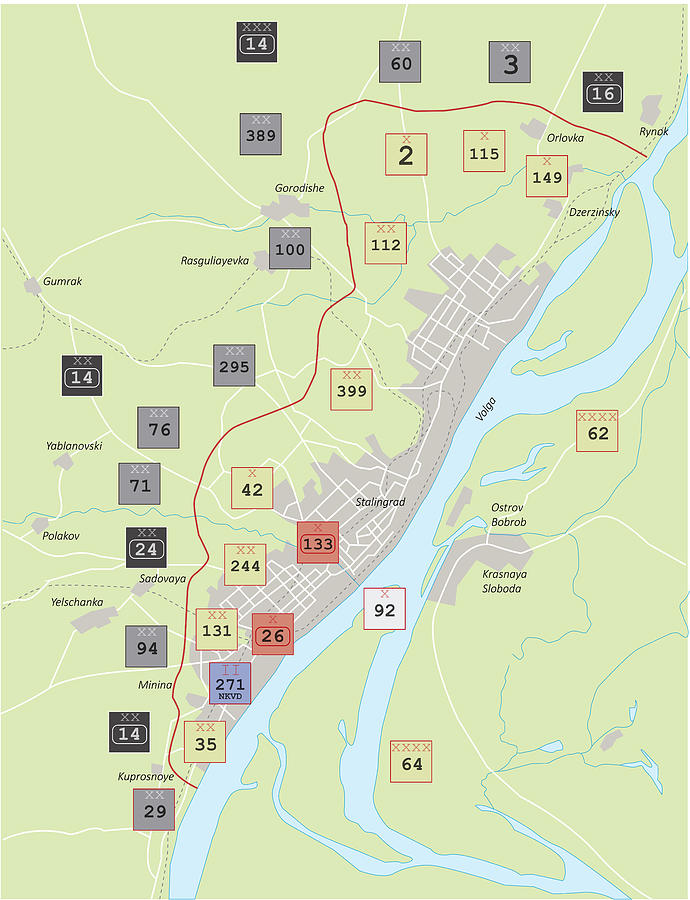





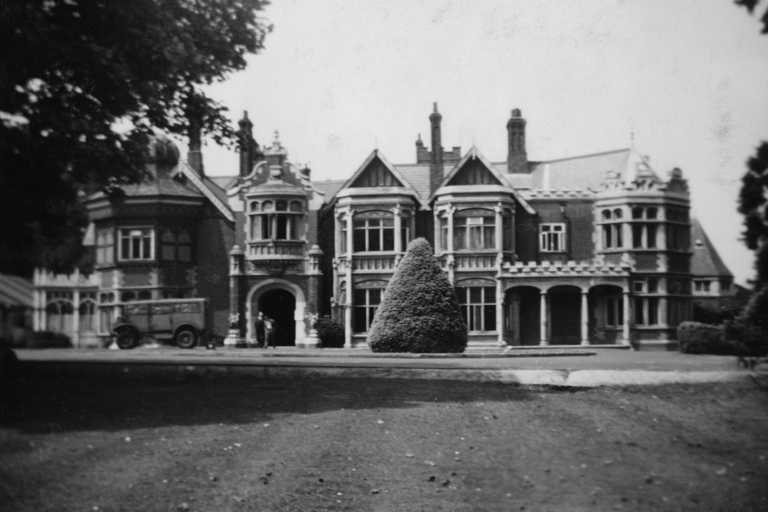

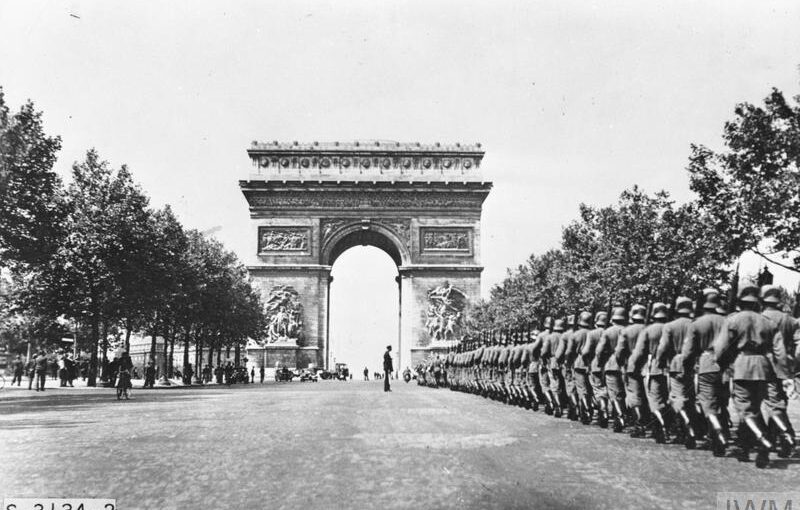


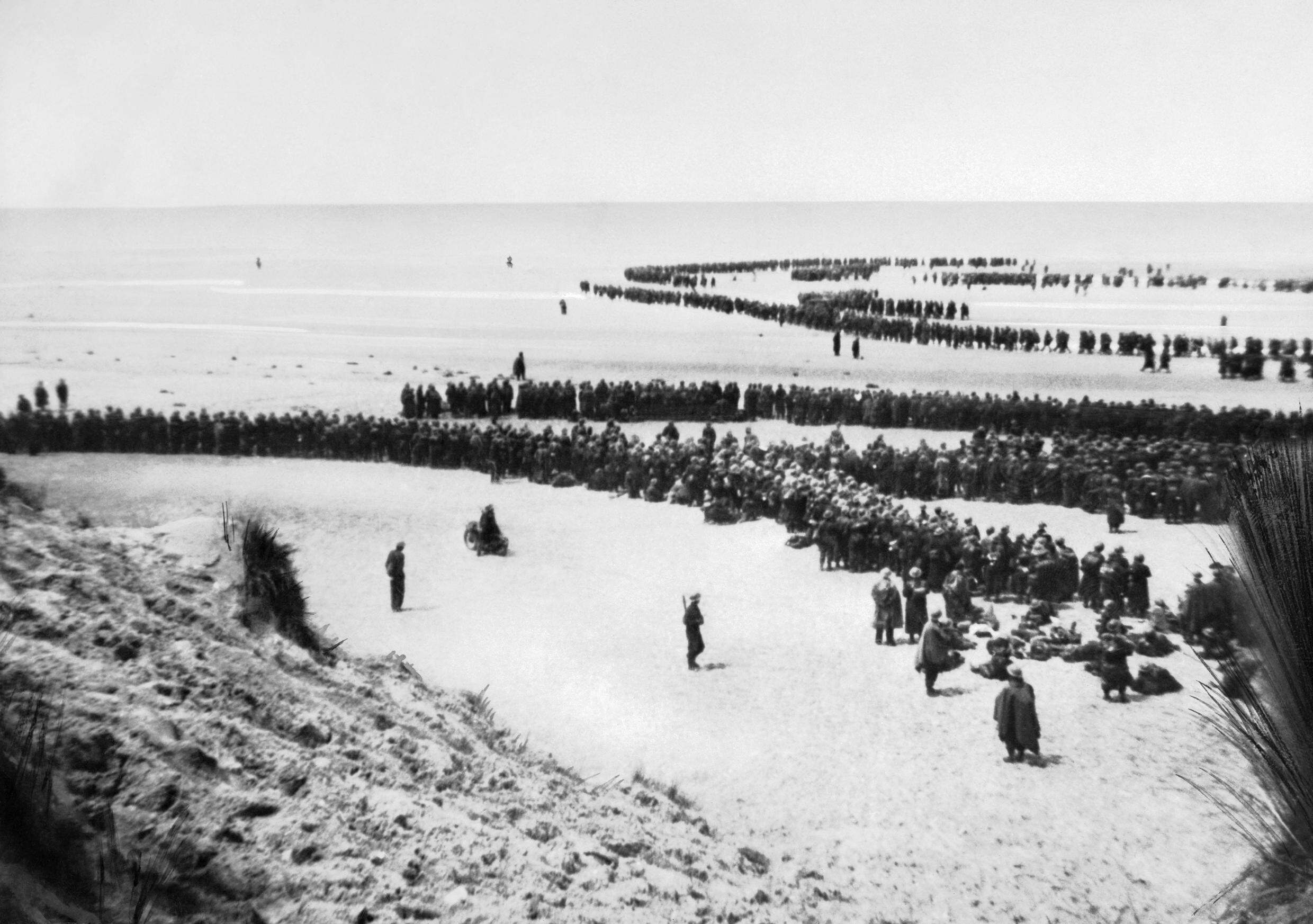




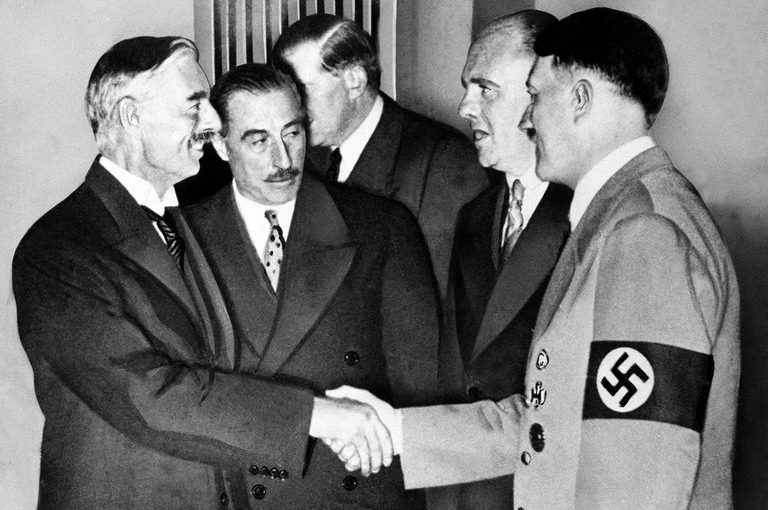

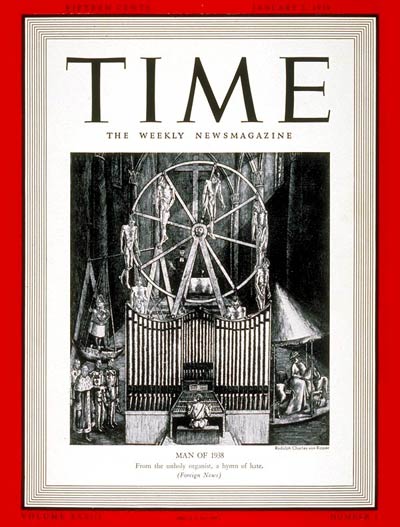

/https://tf-cmsv2-smithsonianmag-media.s3.amazonaws.com/filer/12/31/1231652b-8531-4350-9d5f-98093eb8edbe/bundesarchiv_bild_146-1969-065-24_munchener_abkommen_ankunft_mussolini-wr.jpg)

